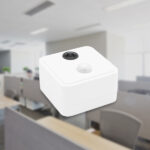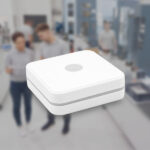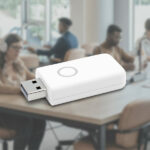Bluetooth Low Energy beacons with integrated sensor technology are capable of controlled recording of various sensor information (e.g., movement, presence, indoor air quality). Using these networked sensors, German software company infsoft empowers businesses to better understand and intelligently respond to their work environment as part of IoT and smart office applications.
Bluetooth beacons are commonly used for proximity and tracking solutions. However, mounted at fixed installation points or attached to mobile assets, the intelligent radio transmitters can be used for more than just location purposes. So-called “sensor beacons” have integrated sensor technology and transmit various sensor values in addition to their ID. These data can, for example, characterize the environment or serve office automation. infsoft’s integration of sensor beacons into their product portfolio is a useful complement to their full-service solutions for indoor positioning, occupancy analysis, and asset tracking.
Characteristics and Functionality of Sensor Beacons
A condition monitoring system uses sensor beacons to gather data and monitor changes in the collected data. Automated notifications enable timely response to unwanted changes. Because the devices are small and wireless, the process of such condition monitoring is scalable, low-maintenance, and non-invasive. Thanks to the energy-saving Bluetooth Low Energy radio technology, the batteries of the sensor beacons often do not need to be replaced for several years, depending on the application.
Sensor beacons can be installed anywhere in the building. The collected sensor data is transmitted via Bluetooth Low Energy to a gateway (infsoft Locator Node or Cisco access point) and from there to infsoft’s cloud-based IoT platform, the LocAware platform®. Here, the data is intelligently processed and visualized in the web-based software tool infsoft Sensors. A connection to third-party systems (e.g., building control system) via interfaces enables the execution of business logics defined in the platform.
Environmental Sensors, Door Sensors, and PIR Sensors
Sensor beacons are available in various shapes and sizes and can include different functions. Among the most commonly used types are beacons equipped with temperature and humidity sensors. Due to the built-in sensor technology, these beacons enable reliable monitoring of the indoor climate, for example, in office buildings. In this way, optimal working conditions can be maintained in the workplace at all times.
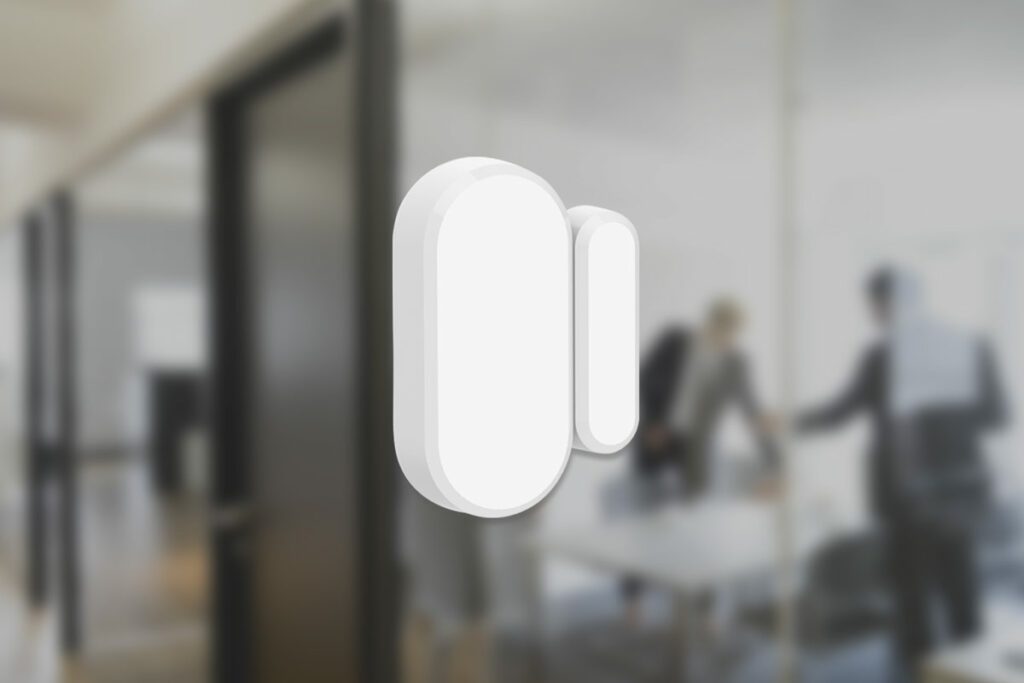
Another device with many possible applications is a door or window sensor. A magnetic contact can be used to determine whether a door or window is currently open or closed. This status detection supports security concepts such as the protection of certain areas or compliance with regulations. In addition, the sensors document the number of door/window openings within a certain period of time. As an example, this can be useful to capture room utilization for the purpose of usage-based cleaning.
Passive infrared (PIR) sensors make it possible to register occupancy information. Accurately and anonymously, they detect the presence of people in a room and thus allow for occupancy analyses. This enables businesses to determine the current requirements for office space and find ways to optimize the working environment.
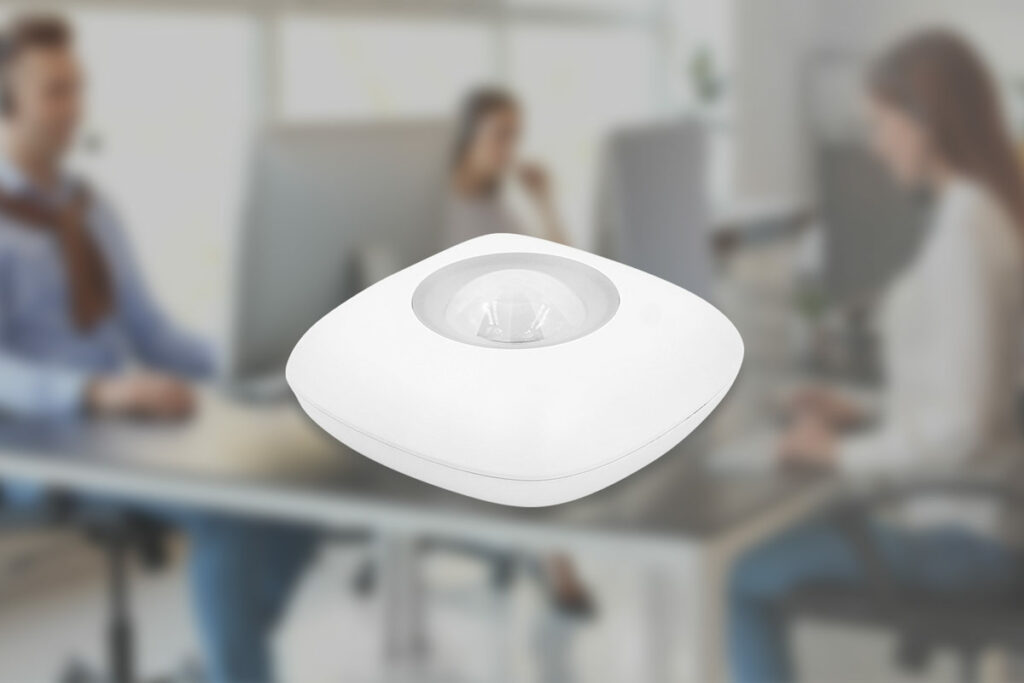
For more information on the various sensor beacons, including technical features, please visit https://www.infsoft.com/sensor-beacons.

